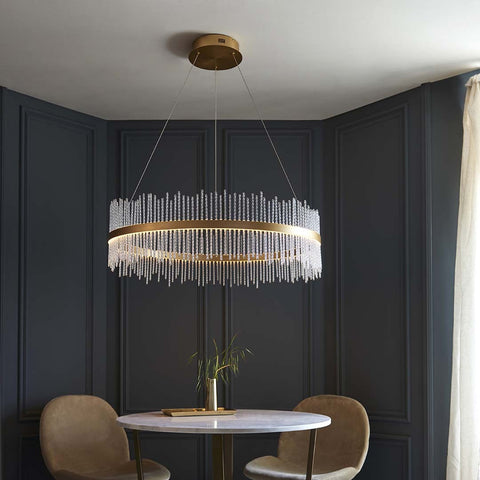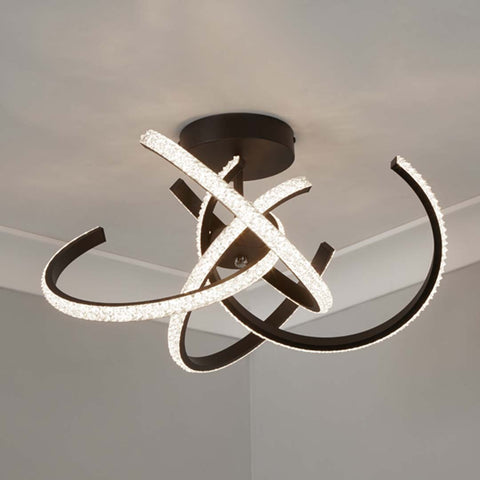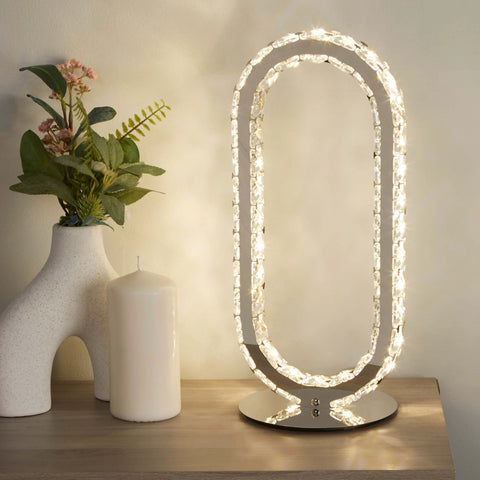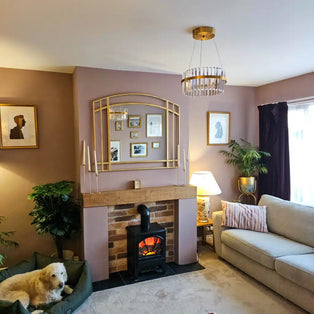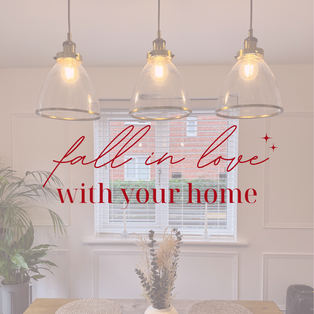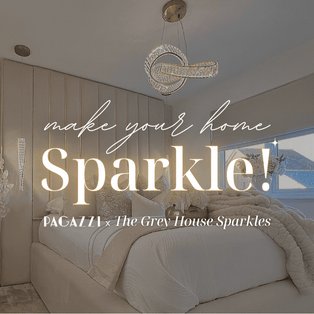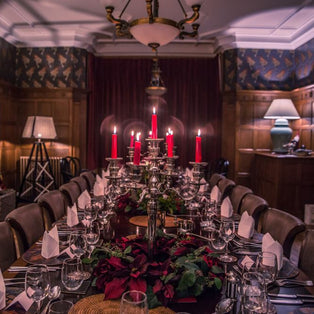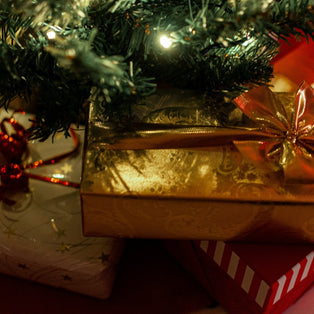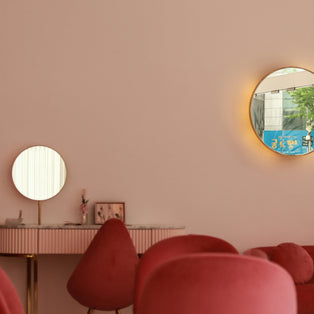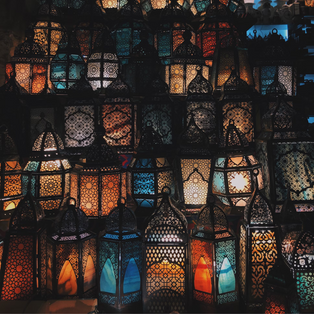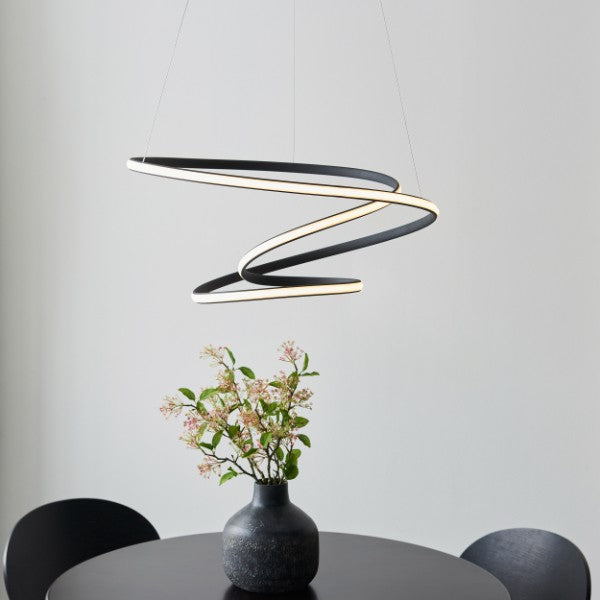
Myth Busting: 9 LED Lighting Misconceptions
The move towards LED lighting is steadily increasing as more homeowners understand the advantages of LED. As demand for LED lights continues to grow, the manufacturing process is constantly evolving to find the most cost-effective and time-efficient processes that benefit the demands of the modern customer.
Even though LED lights are becoming more popular in UK households, there is still a lot of misunderstanding going around. We've gathered together the 9 most common myths to give you a clearer picture of how LED lights work.
1. LED lasts forever
LED light bulbs last a lot longer than traditional incandescent bulbs but they do not last forever. Their average lifespan is around 15 years for a good quality LED bulb from a reputable company. However, poorly manufactured LEDs that underwent little or no quality control may not have the long life that you are looking for. It's better to invest in lighting that has a guarantee so you don't get left out of pocket. Here at Pagazzi, we only work with suppliers that ensure the highest standard through extreme care and quality control plus all our LED bulbs and Integrated LED Lighting comes with a 3-year guarantee as standard.
2. LED bulbs don't get hot
LEDs do give off some heat, butnot nearly as much as halogens or incandescent bulbs. LED light bulbs may become warm to the touch but will not radiate heat. Another added benefit is that LED lights emit far less ultraviolet (UV) radiation than traditional light bulbs.
3. Switching to LED is costly
Although we can’t deny that LED lights have a higher cost than traditional light bulbs, you will be saving money in the long term. The initial investment is quickly paid up through the lower running costs due to the lower energy consumption of these lights. Additionally, they won’t need as replaced as often as incandescent light bulbs. Pagazzi LED Bulbs all come with a 3-year guarantee as standard.
4. LED candles need time to brighten up
No, they don’t. LED lights shine brightly from the moment you switch them on.
5. LEDs can't be dimmed
Just like traditional bulbs, not all LED light bulbs are designed to dim. If you want to use a dimmer, then choose the lamps that show that they can be dimmed and pair it with a dimmable LED bulb.
6. LED lights shine too white
These lights can display a full range of colours, from red to purple and, also, a full range of whites. The white tonality is indicated in the packaging and measured in Kelvins; warm lights are typically found between 1800K to 3000k and are most commonly used in the bedroom, living room and hallway. (For more information about colour temperature read through our Lighting Glossary.)
7. LEDs contain hazardous substances
Although LED lights contain some trace materials, the concentration is so minimal that all LED lighting is considered very safe. LEDs do not contain mercury, not even the tiniest bit. Furthermore, LEDs are fully recyclable and also lower CO2 Emissions. In fact, if all 28 million homes in Britain switched to 100% LED bulbs, we could save 1.7 million tonnes of CO2 emissions annually!
8. LED lighting is harmful to the eyes
LED bulbs are not harmful to your eyes, according to the European Commission. The intensity of a LED bulb is similar to a halogen or incandescent bulb.
9. LED bulbs are not compatible with older fixtures
You don’t need an electrician to enjoy the benefits of LED lighting. Simply replace the bulbs in your current light fixture! Make sure you choose the appropriate wattage and bulb base.
You can see our full range of integrated LED lighting here. Or, if you prefer, you can browse our full range of LED bulbs here.
